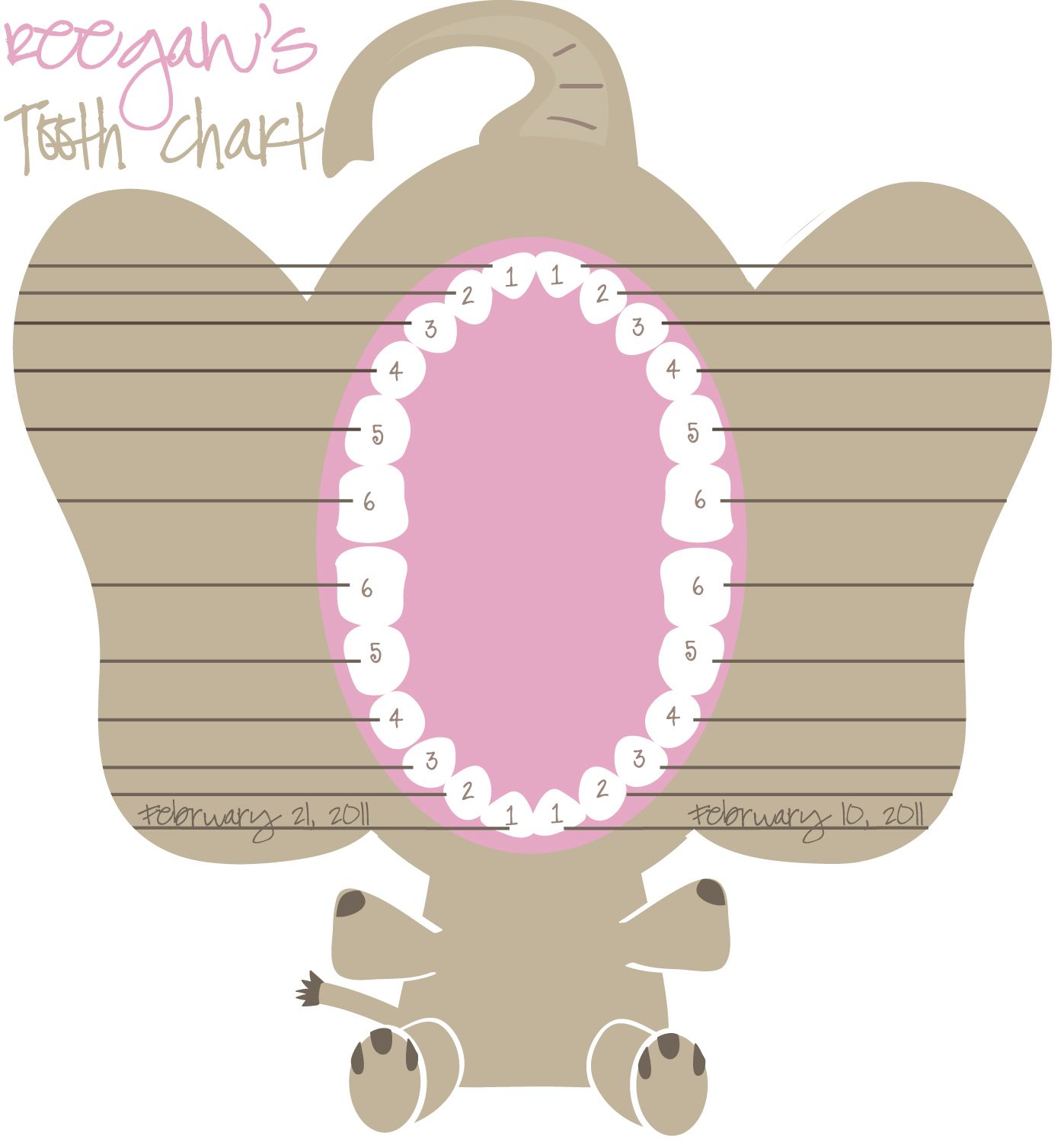Puppy Baby Teeth Chart With Names Of Teeth

This means two teeth – the puppy tooth and the adult tooth – end up sharing one socket. This can lead to tooth decay, painful infection, and loss of the adult tooth if not treated. If you suspect your puppy has retained any of their puppy teeth after their adult teeth have come through, get advice from your vet as soon as possible. Brushing.
Puppy baby teeth chart with names of teeth. The human teeth are arranged symmetrically in the mouth, and it is possible to know teeth names and teeth numbers. Dentists have designated each tooth name with hence, teeth names in English. Cuspids are synonymous with canines, while bicuspids are also known as premolars. The six-year molar is also called the first permanent molar. Normally, a puppy will have 28 baby teeth once it is six months old. By the time it reaches adulthood, most dog breeds will have 42 teeth. A misalignment of a dog's teeth, or malocclusion, occurs when their bite does not fit accordingly. This may begin as the puppy's baby teeth come in and usually worsens as their adult teeth follow. By the time, your puppy is about six months old or so, all of his puppy teeth should have fallen out, and his adult teeth should have grown in. In general, adults dogs have about 42 teeth (fun. Just like humans, dogs also gradually lose their baby teeth. Puppies, again like new-born babies, are born without teeth. Canines will not grow their first baby teeth until they reach about six to eight weeks of age. Dogs normally grow as much as 28 teeth, which are commonly referred to as the baby teeth or the deciduous teeth.
The following chart shows when your child's primary teeth (also called baby teeth or deciduous teeth) should erupt and shed. Eruption times vary from child to child. Malocclusions (bad bites) can be caused by retained baby teeth. In some breeds, however, this is the standard. The rate at which baby teeth fall out will vary from puppy to puppy, so this is a general guideline. The first baby teeth to fall out are the incisors which start falling out when the puppy is 3 to 4 months of age (12 to 16 weeks). Your kitten is born without teeth. Around 3 weeks old, her baby teeth start erupting through the gums. The 12 incisors-- the small teeth at the front -- and the four fang-like teeth, called canines, erupt between 3 to 4 weeks of age. From 4 to 6 weeks old, the four bottom premolars, located at the side and back of her mouth, come through. When Wesley the Golden Retriever puppy turned six months old, he went through what a lot of other dogs go through. He started to lose his baby teeth as his big, strong, adult dog teeth grew in.
Teeth vary in size, shape and their location in the jaws. These differences enable teeth to work together to help you chew, speak and smile. They also help give your face its shape and form. At birth people usually have 20 baby (primary) teeth, which start to come in (erupt) at about 6 months of age. A common abnormality in canine dentition is retention of deciduous (baby) teeth. This occurs when the permanent tooth bud does not grow immediately beheath the deciduous tooth, and therefore does not cause the roots of the deciduous tooth to be resorbed. Sparky dog - pictured to the right - has retained canine teeth (the small, more pointed. Your puppy's mouth wasn't designed to hold two sets of teeth at the same time and obviously it gets a bit crowded in there if the baby ones don't fall out. This can cause discomfort or even pain, and stuff (food, sticks and all the random stuff your pup so enjoys chewing on!) can get stuck in them much more easily. Dog baby teeth are also known as deciduous, milk, or puppy teeth and this first set of teeth starts appearing at about three to four weeks of age. At about one month of age, puppies have 28 baby teeth and they will have these teeth until their adult teeth come in and push them out.
The process of losing teeth occurs because your puppy’s body reabsorbs the roots that hold the baby teeth in place. your puppy needs to get used to having his mouth and teeth examined Once the root is fully reabsorbed, the tooth becomes loose and is easily knocked out when the puppy eats or chews his toys. Picture this: You just brought home a brand new puppy and suddenly your cute little ball of fur starts chewing on everything in sight. Welcome to the wonderful world of puppy teething! Like a child, your canine companion grows a set of baby teeth (well, puppy teeth), which will later be replaced by a permanent set of adult teeth. Animal Dentistry and Oral Surgery Specialists, LLC 2409 Omro Road Oshkosh, WI 54904-7713 (920)233-8409. www.mypetsdentist.com However, they will have a different number of adult teeth compared to a puppy. Pups will usually have a total of 28 teeth when all of their milk teeth have grown. That’s 14 in their upper jaw and 14 in their lower jaw. Once a dog has reached adulthood they will have a whole new set of teeth and a different number of them.



















